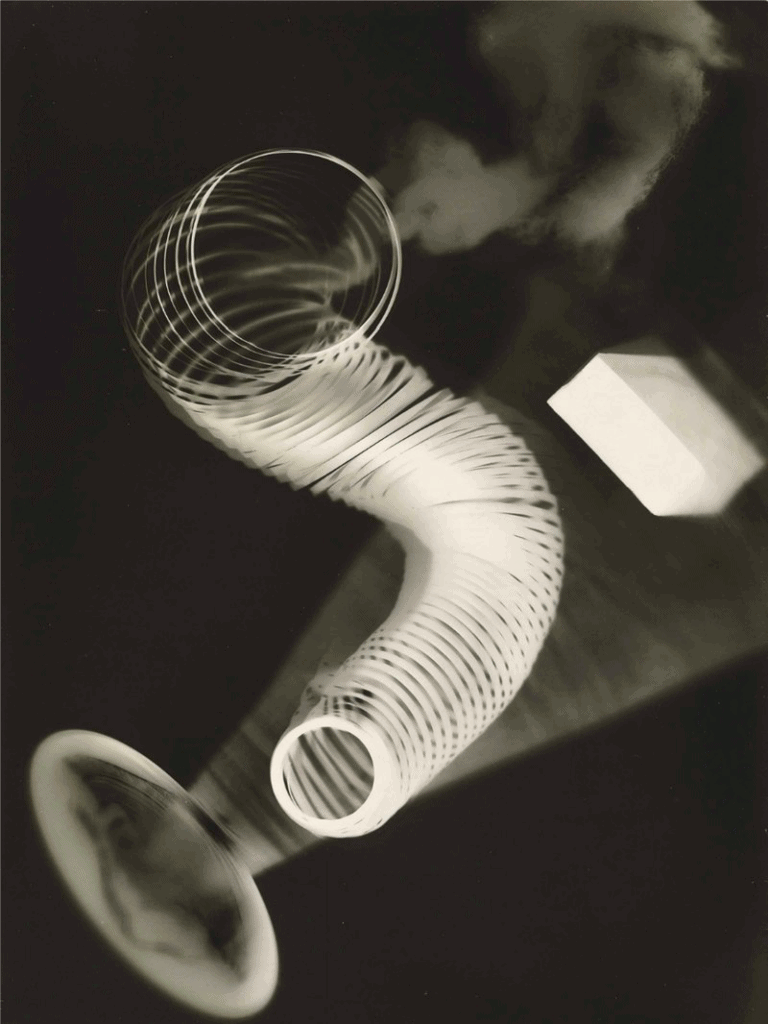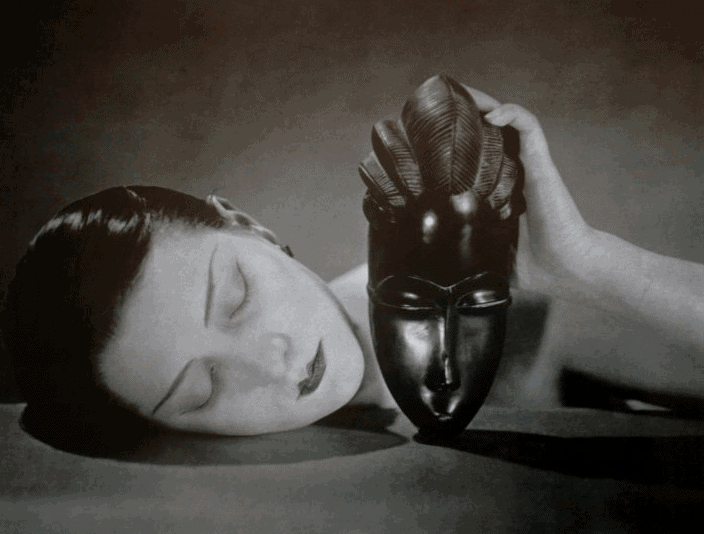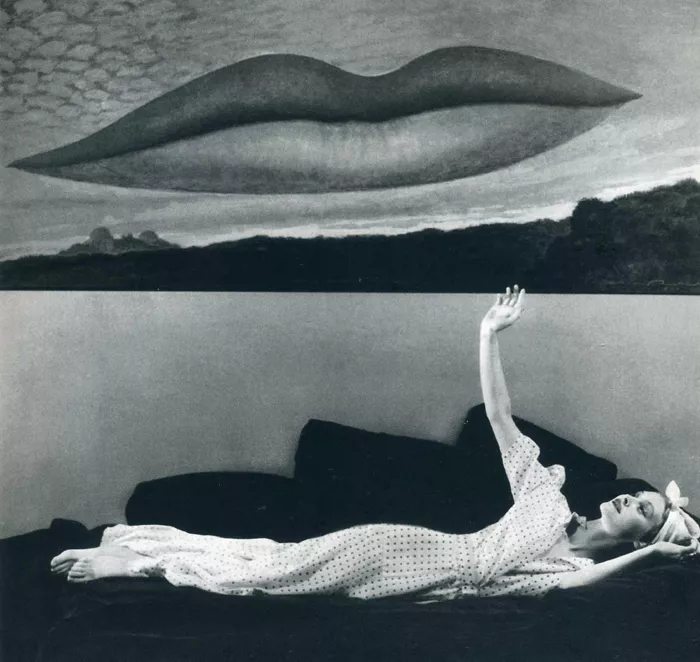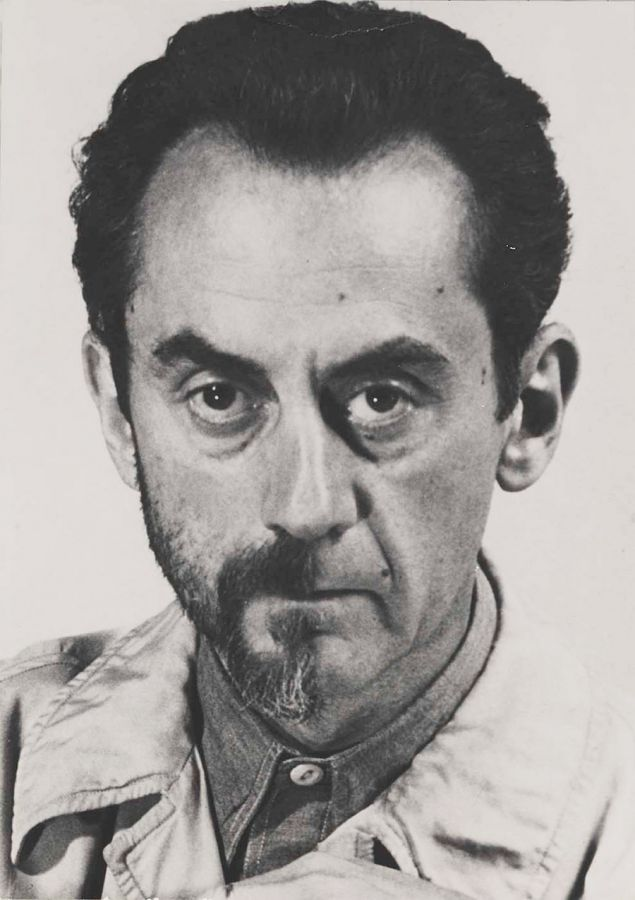
Man Ray (1890–1976) was an American artist known for his experimental photography and role in the Surrealist movement. Even though he was initially trained as a painter, he became most famous for his experimental photography. His “rayographs” (an approach to photography and often called photograms) and dreamlike images pushed artistic boundaries, influencing Surrealist photography. In 1921 Man Ray moved to Paris which is where his artistic career started, as he became associated with the Parisian Dada and Surrealist circles of artists and writers. He experimented with many different mediums including films, Photography, painting, sculptures and even fashion.
To take his surrealist photographs, he would be required to think completely automatically, so the photographs are unconscious and imaginary to the purest form. Surrealism manifested itself in a juxtaposition of words that was startling because it was determined not by logical but by psychological.
rayographs
“I have finally freed myself from the sticky medium of paint, and am working directly with light itself.”
To make his rayograph, he placed objects, materials, and sometimes parts of his own or a model’s body onto a sheet of photosensitized paper and exposed them to light, creating negative images. He embraced the possibilities for irrational combinations and random arrangements of objects, emphasizing the abstraction of images made in this way. Below is an example where the image is centred around a comb:

In this image, There are only shades black and white due to the technique used. The Image is a negative as the objects acted as a shadow for the light sensitive paper. There is only one clear Item that can be identified, which is the comb in the centre. The arrangements of objects around the comb keeps it the centre of focus and makes the viewer wonder about the importance of this object. We can also see many lines thought the image, which keeps the overall composition even and pleasant to look at. The confusion that this image creates through its use of objects that cant be interpreted reminds the viewer of dreams that they may have had, where some parts are clear but once the whole dream is put together its complete nonsense.
The way this image has been produced emphasizes the influence of the light and shadow instead of the importance of the picture itself. Looking at this article helps understand why he took these images.
Glass Tears, 1932
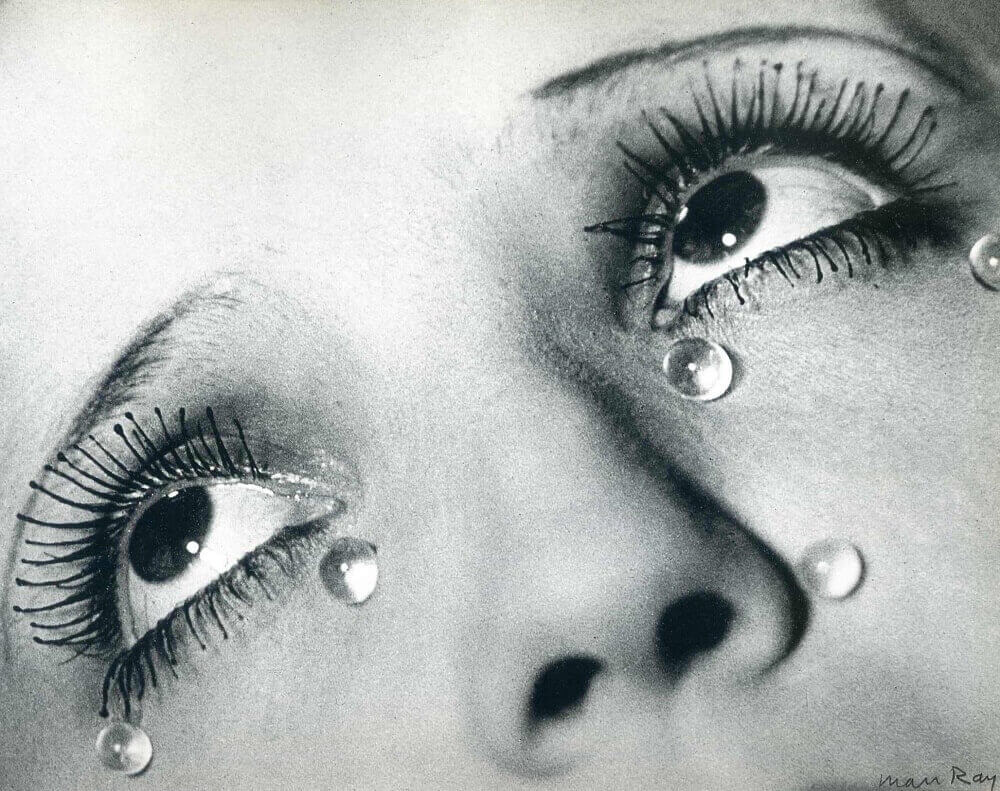
This photo was taken in Paris and is one of Ray Man’s strongest photos, and was often composed with other photos. Here you can see a cropped image of a woman’s face, with unusually large tears, as well as the models eyes, with her mascara-coated lashes looking off to the distance. This makes the viewer wonder what she was looking at. The eyebrows are tilted down which suggests she is in a sad emotional state, giving questions on why she is feeling distressed. The lighting is highly exposed, using studio lighting which was likely done to expose the truths about this model.
It terns out that this is not a real woman but a fashion mannequin with glass bead tears on the cheeks. This was likely done as Ray Man recently broke up with his lover and wanted to have revenge on her. The large, glistening teardrops are melodramatic, an exaggerated sign of sadness that makes a mockery of the sentiment. It may also be because Man Ray is exploring his interest in the real and unreal by challenging the meaning of still-life photography, which links to the surrealist art movement. The eyes being the main focal point of this image is common theme used by surrealist artists as it is an important symbol of inner vision, a concept central to their philosophy.
Other Images I like
